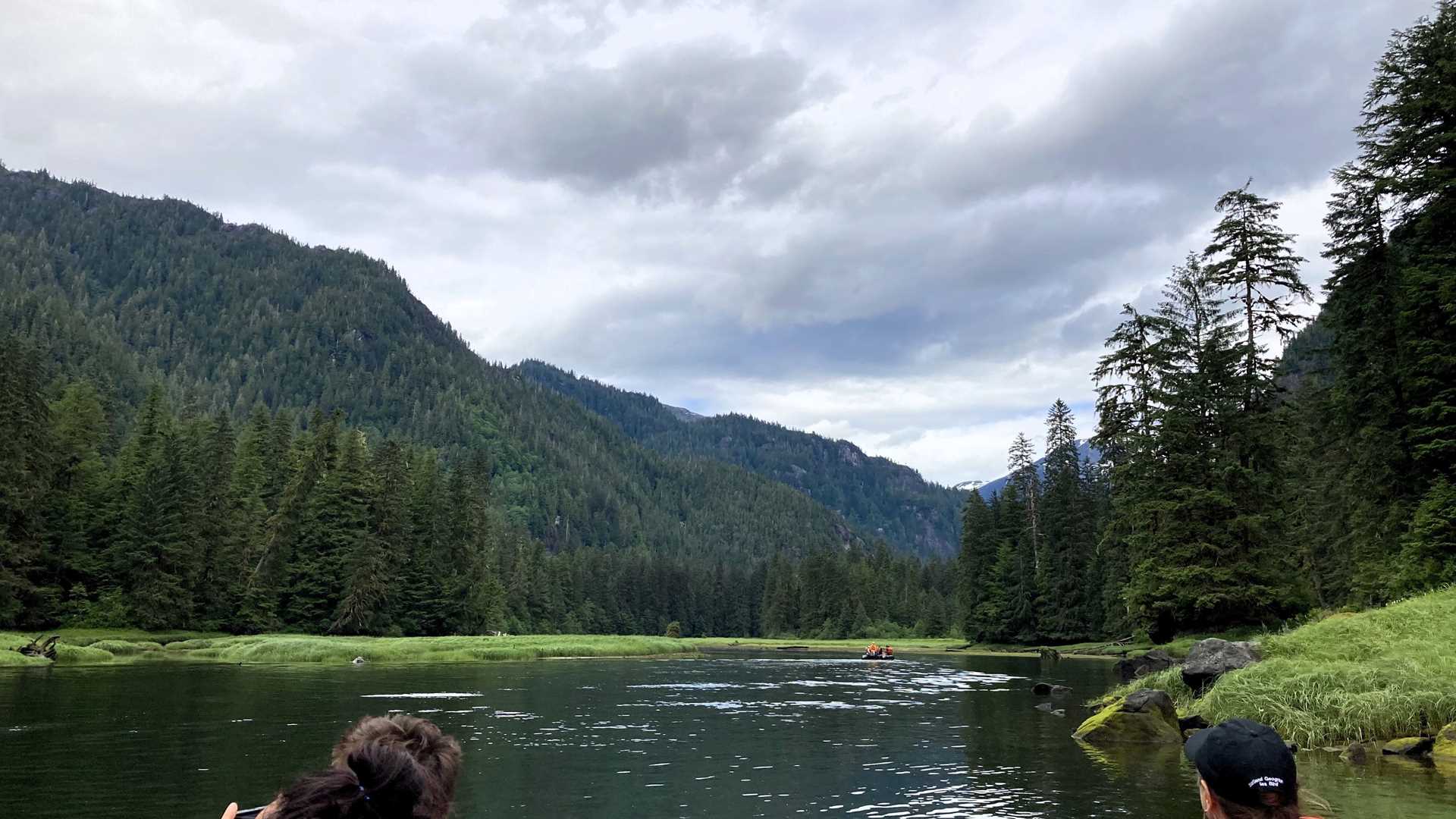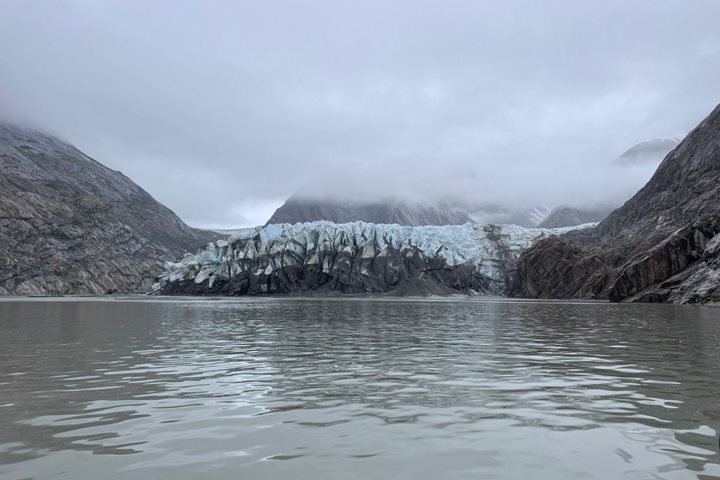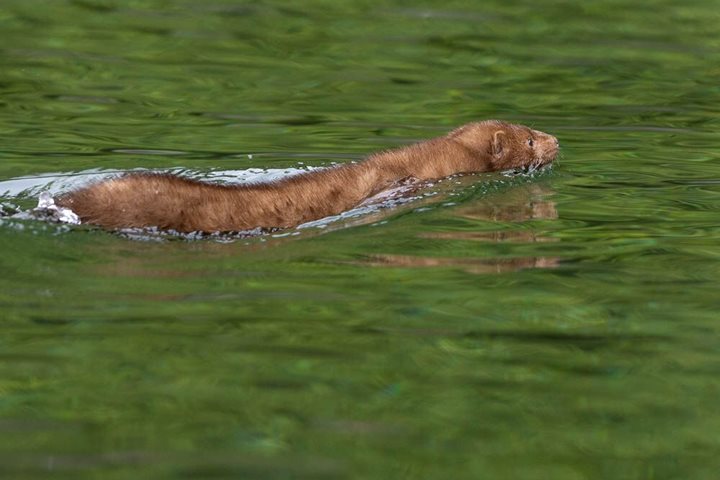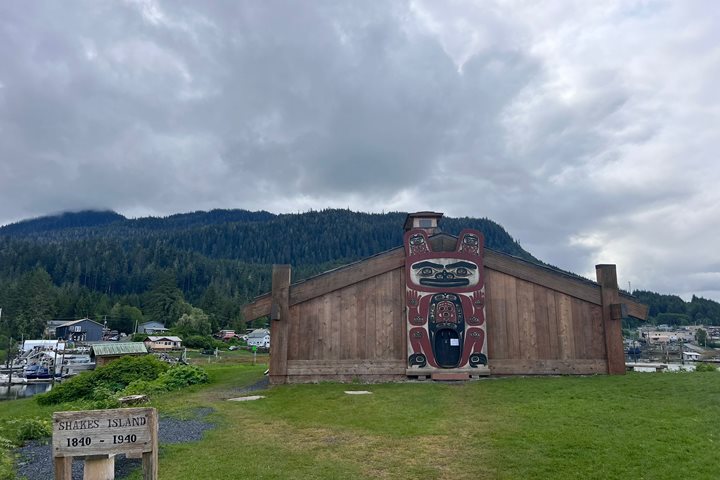What a better way to celebrate America’s birthday than exploring its public lands! The final day of our voyage took us to Misty Fjords, a national monument comprising of more than 2 million acres of undeveloped forests, granite cliffs, and glacial fjords. The highlight was dipping into Rudyard Bay and the appropriately named, “God’s Pocket” at the head of the fjord. We deployed Zodiacs to better explore this little gem and found a host of marbled murrelets and harbor seals waiting for us. In a few weeks the rivers of this fjord will be swollen with salmon, the heartbeat of this temperate rainforest. It’s hard to imagine a better way to finish our unforgettable few days along this miraculous rainforest as we weigh anchor and make our way towards Ketchikan.
6/5/2025
Read
National Geographic Sea Lion







